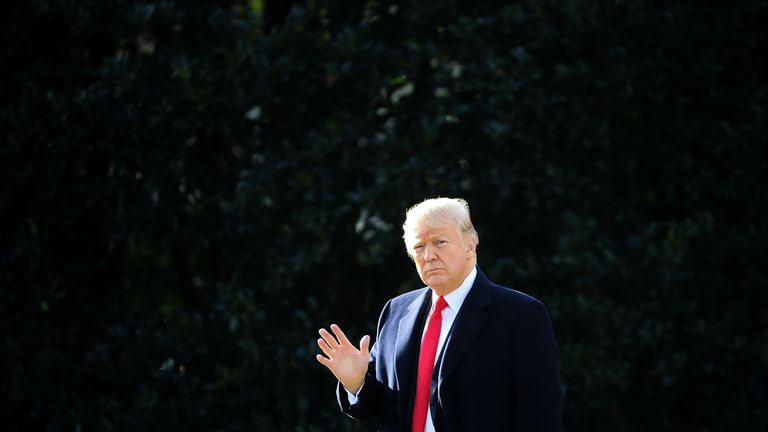
Tuesday’s defeat in a Supreme Court election in Wisconsin, which transcended its local importance to become a national political campaign, was a wake-up call involving Trump’s public support and the involvement of the Republican National Committee
For some, it’s a sign that the “honeymoon” of Donald Trump’s second presidency has come to an end. Seventy-five days after taking office for the second time, Trump is starting to stumble.
Tuesday’s defeat in the election of a Supreme Court justice in Wisconsin, which transcended its local importance to become a national political campaign, was a wake-up call involving Trump’s public support and the personal and financial involvement of businessman Elon Musk, and became the new government’s first defeat.
It may not seem like much, but resistance to Trump seems to be growing, given the skepticism over the tariff initiatives Trump announced on “Liberation Day,” the open dissent of Republican senators who voted in favor of a symbolic measure to cancel trade tariffs imposed on Canada, the growing concern about preserving the small majority in the House of Representatives reflected in the loss of votes in two special Florida elections and the decision to withdraw the nomination of Rep. Elise Stefanik to serve as U.S. ambassador to the United Nations.
Each of these developments on its own is not far from normal in political terms. Taken together, however, they show growing resistance to the Trump administration and an ever-increasing urgency to try to maintain its current situation at all costs.
However much Trump and his allies claim he has an unprecedented and powerful mandate, the truth is that he is the first president who has failed to win 50% of the popular vote in three elections (including the one he lost in 2020).
In turn, he is the most divisive president in modern American history: 92% of Republicans support him, but only 5% of Democrats approve of his presidency. “We have not seen such a large partisan difference since World War II,” analyst Bill Schneider said.*
Trump, on the other hand, has extremely loyal followers who are in fact the basis of his power over the Republican Party.
But it is a double-edged sword: Republican turnout drops visibly when Trump is not on the ballot or in the election, and two special elections in Florida to fill vacant seats in deeply Republican districts saw turnout drop by 15 percentage points.
U.S. politics is a pendulum of action and reaction, and the current swing to the right would normally be followed by one toward the center left. In the last 20 years, and especially since the rise of militias and tea parties, the anger of extremist superpatriots has been visible, culminating in the Trump presidency.
But now we’re beginning to see the opposite reaction.
And if, as some economists predict, the tariffs announced on Wednesday lead to higher inflation and an economic recession, the Republicans will pay for it in the 2026 midterms and maybe in 2028.
*Editor’s note: Although accurately translated, this quoted remark could not be independently verified.

Leave a Reply
You must be logged in to post a comment.